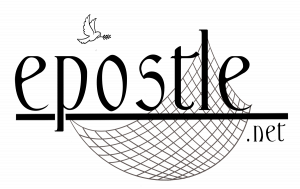Crushed thorns don’t hurt
Armodoxy for Today: Crushed Thorns
Fear breeds worry. Worry, like a can of carbonated soda which is shaken over and over, will push through the weakest point, to find relief. The can of soda explodes when the top is pulled, and even worse, if the top isn’t pulled, will burst at the seams. In the case of humans, the body has many points that are not meant to be put under such stress. Pressure builds up and something has to give, sooner or later. The sooner you abandon the worry, the less chance of catastrophic effects on the body.
God speaks to us through His Holy Church. His Voice is heard through the Scriptures and Teachings, and often in ways that our dull faculties find it difficult to sense.
A few days ago, a friend sent me a picture of the interior of a Catholic church in Rome. The message accompanying the picture asked if I could decipher the writing under one of the arches. I zoomed in on the picture and found Armenian letters ոչ եղիցին փուշ ցաւոց staring at me. I looked at the words and translated the words respectively, “no be thorn pain.” I didn’t understand much else beyond the individual words, and my mind, which is usually up to the challenge of deciphering codes, was preoccupied with worries over recent health issues affecting a loved one.
The worry caused by those concerns kept me up that night and the following day I went into church with the baggage of these worries weighing me down. I happened to run into a priest that morning, one who had spent many years at the Vatican. Just the right person to ask, I thought. I showed him the picture and asked if he was aware of this writing and he too had not seen it, but he went beyond a word-for-word translation and gave me the gist of the message: Not even a thorn will hurt you!*
It was a message that came to me loud and clear. My worries were to no avail. Not even a thorn could hurt us.
If this was only one example in my life, I would not bring it up, but God’s promise has been reiterated to me. Ask and you shall receive, says the Lord. Why do we continue to doubt? Or in the words of our Lord, “…Do not worry… For your heavenly Father knows that you need all these things. But seek first the kingdom of God and His righteousness, and all these things shall be added to you. Therefore do not worry about tomorrow, for tomorrow will worry about its own things.”
I leave you with this important adage which I never tire from reminding myself: If you’re going to pray, don’t worry. And if you’re going to worry, don’t pray.
*cf. Ezekiel 28:24



